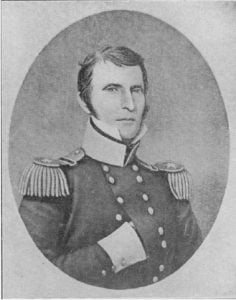Peace Attempts with Western Prairie Indians, 1833
What was known as the Treaty of Dancing Rabbit Creek was entered into in Mississippi with the Choctaw Indians September 27, 1830; pursuant to the terms of the treaty, in 1832 the movement of the Choctaw to their new home between the Canadian and Red rivers was under way but they were in danger from incursions of the Comanche and Pani Picts or Wichita, and the Kiowa tribe, who came east as far as the Washita and Blue rivers; these Indians had also evinced a hostile attitude toward white citizens and had attacked and plundered Santa Fe traders, trappers, and … Read more

